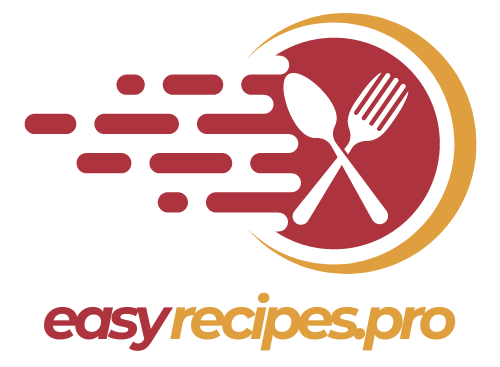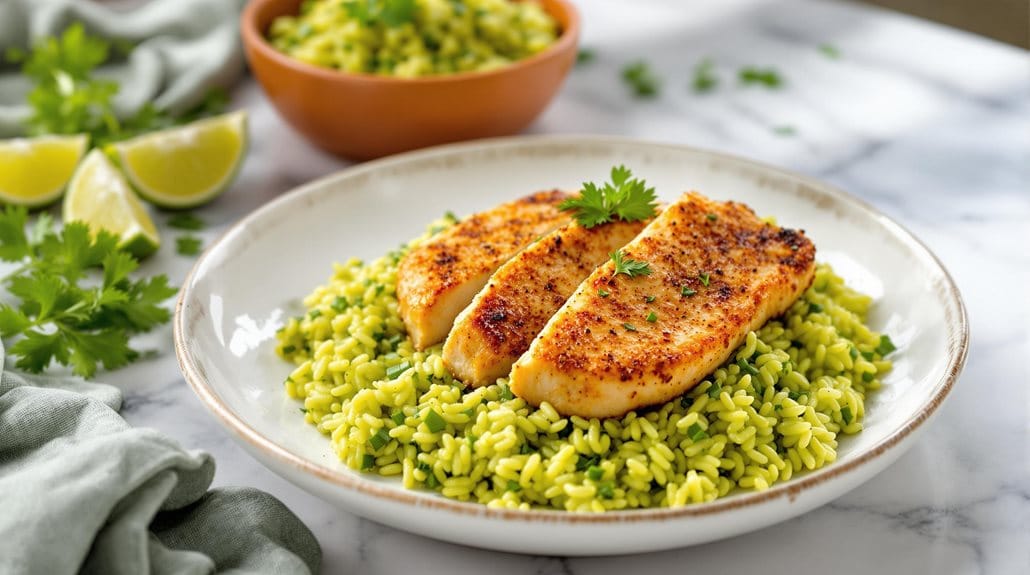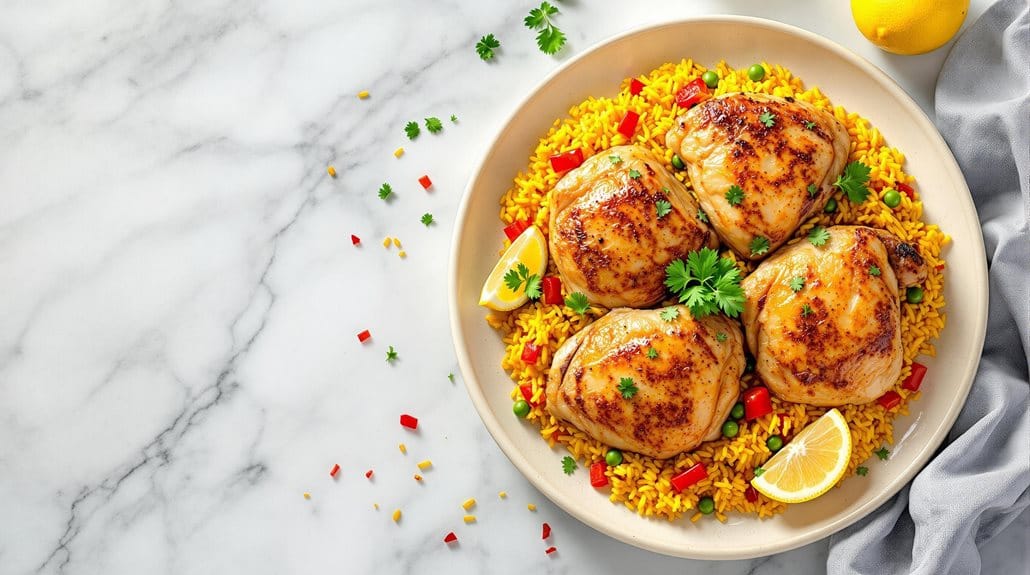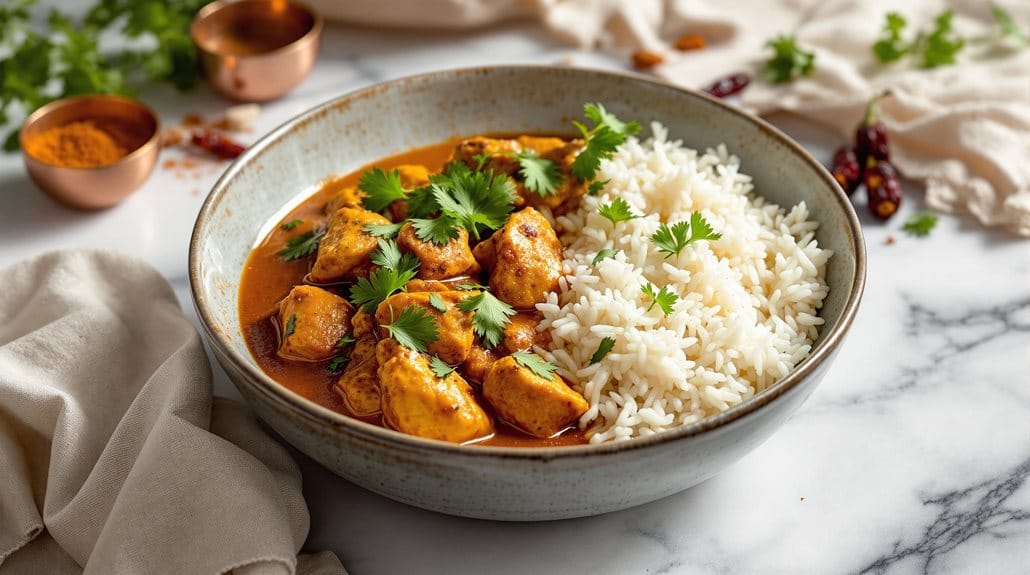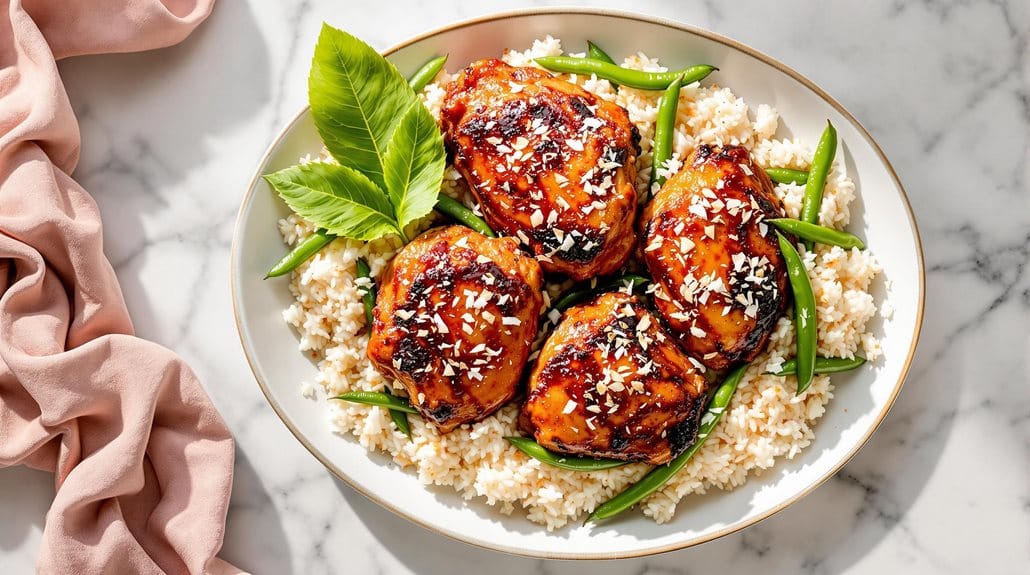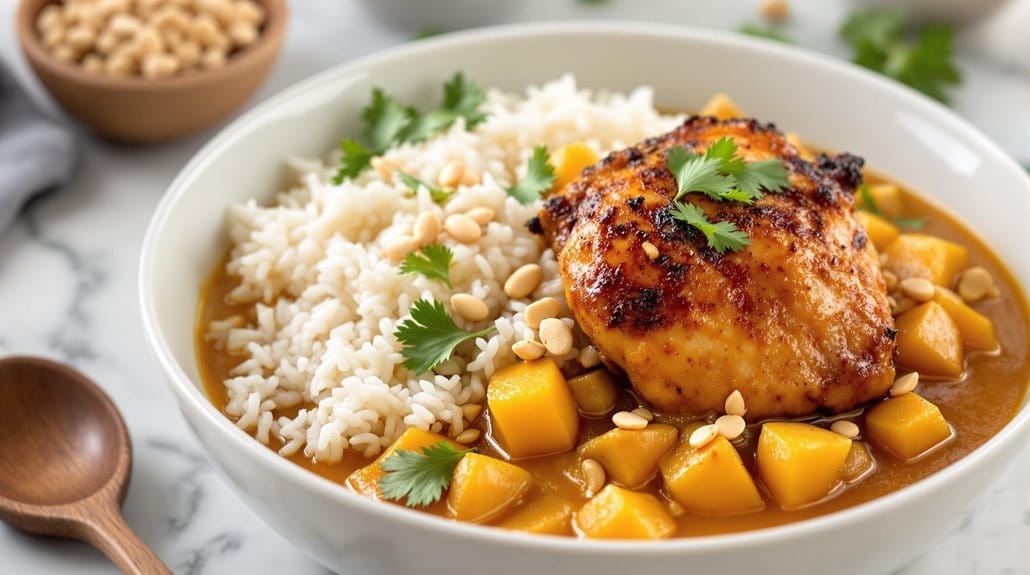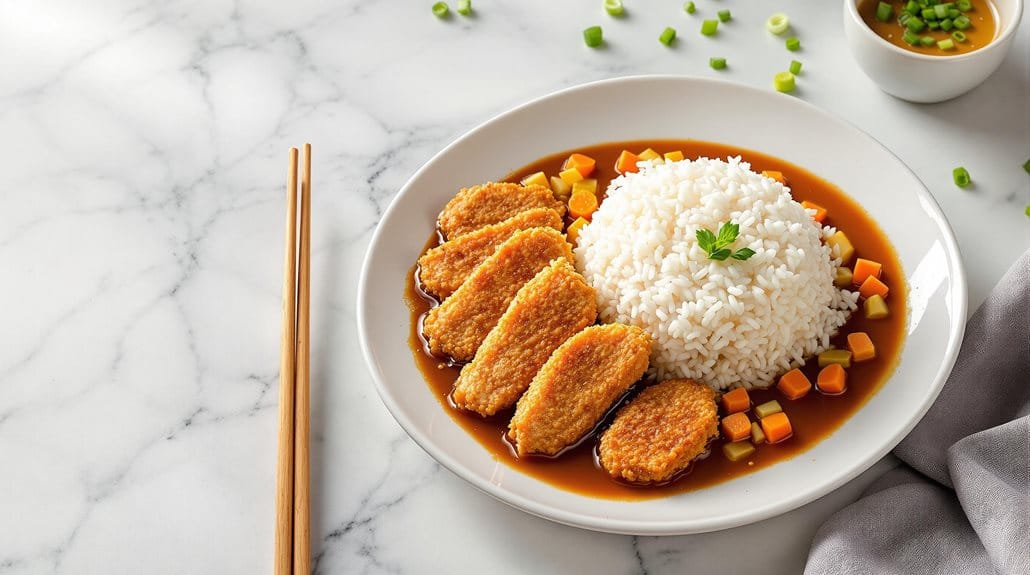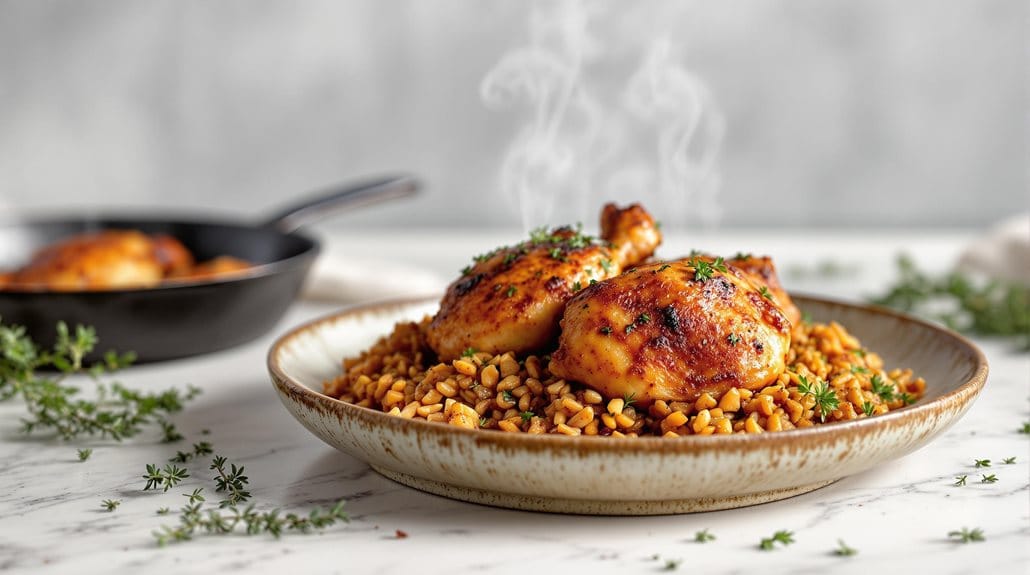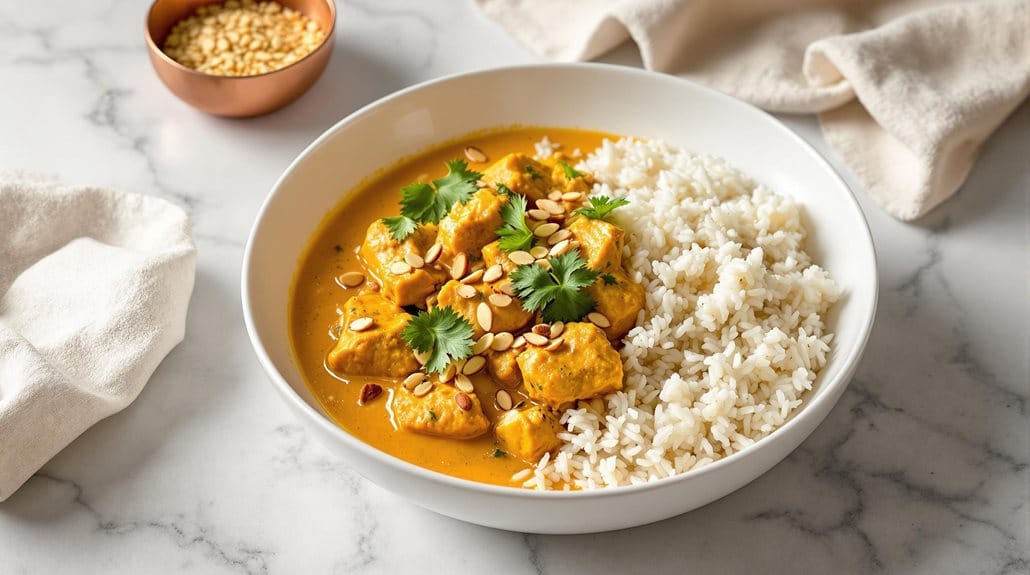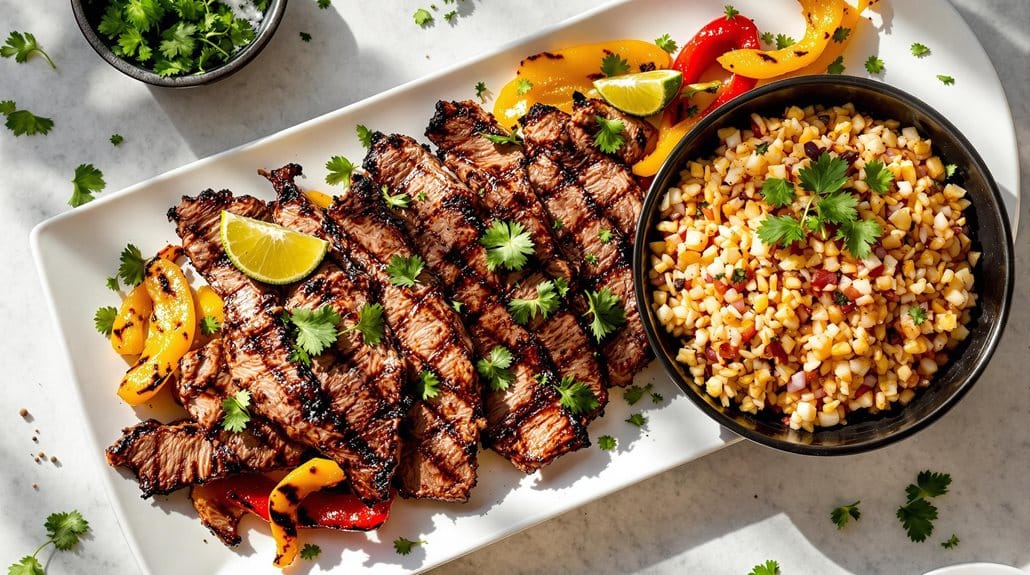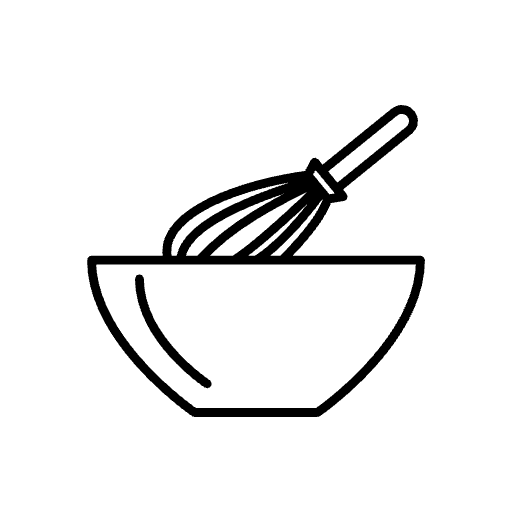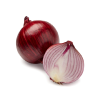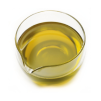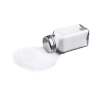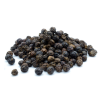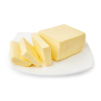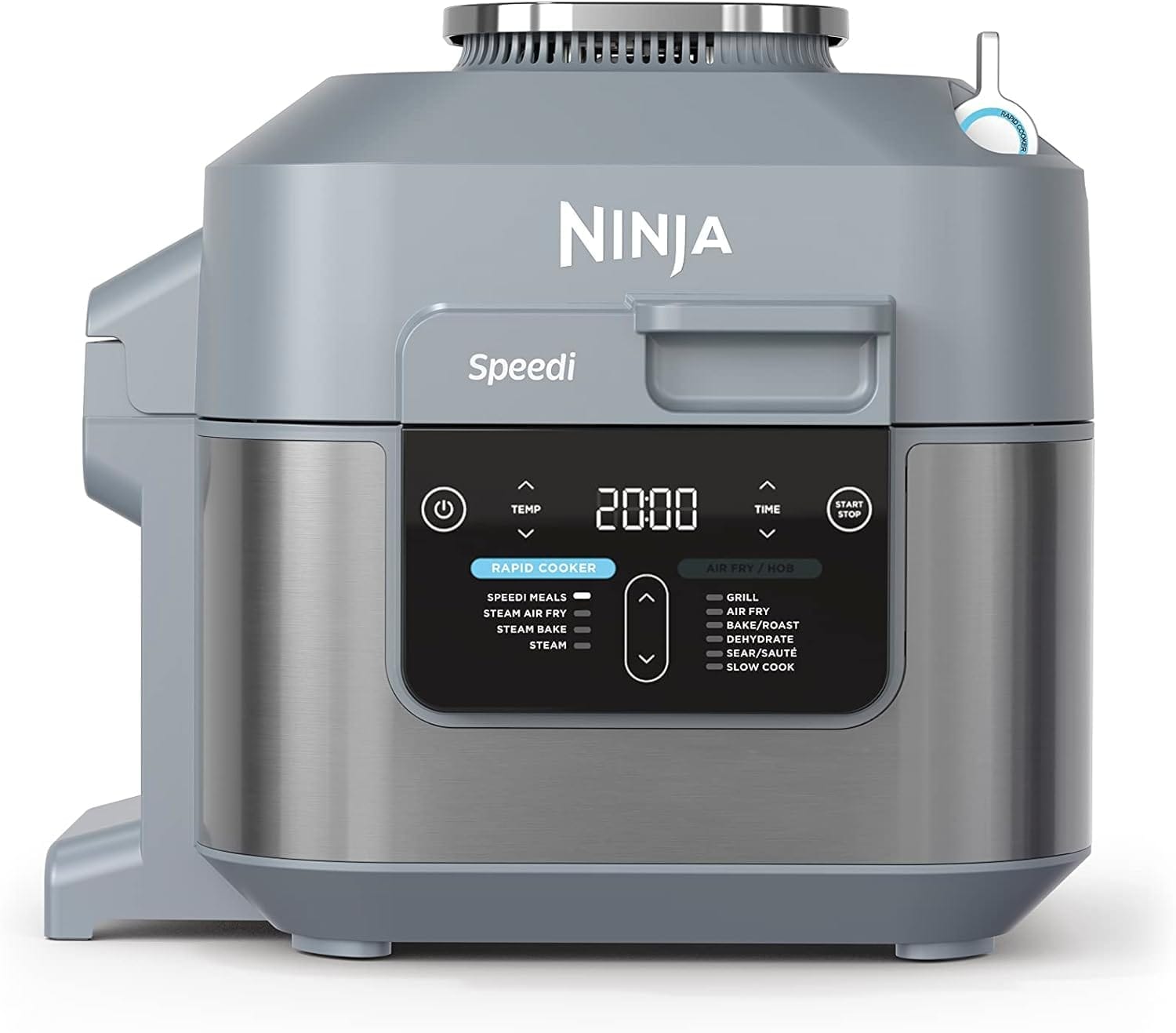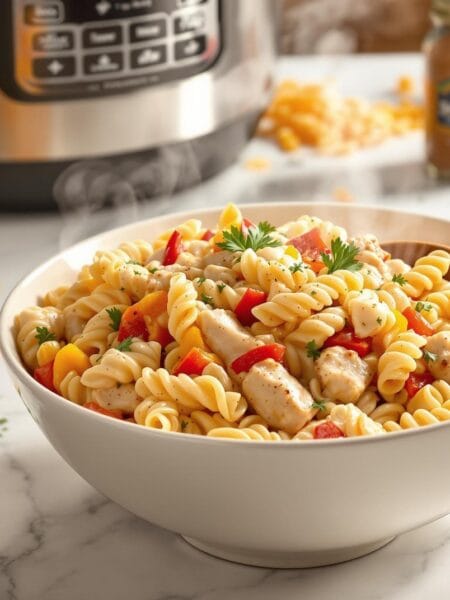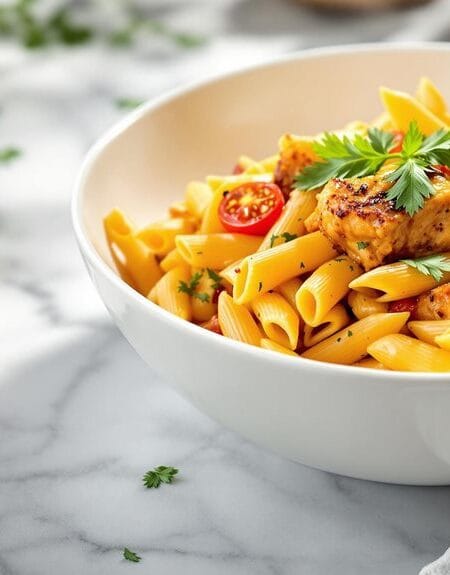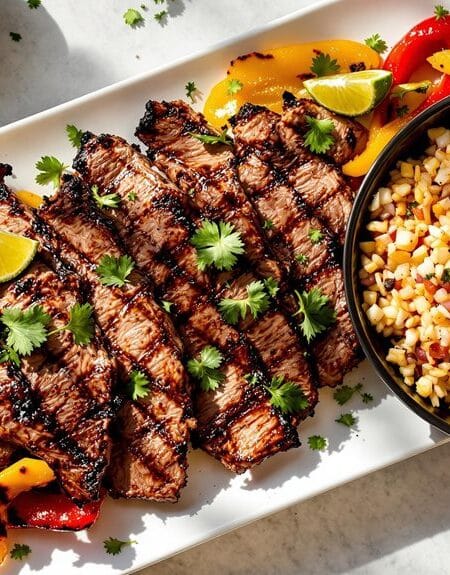| This bold Cajun salmon paired with flavoursome dirty rice comes together quickly in the Ninja Speedi, offering authentic Louisiana flavours in one convenient meal. Perfect for busy weeknights when you want a restaurant-quality dinner without the fuss, this dish delivers a satisfying blend of protein and perfectly seasoned rice. For the best results, let your salmon come to room temperature for 15 minutes before cooking to ensure even heat distribution and perfectly flaky fish. |

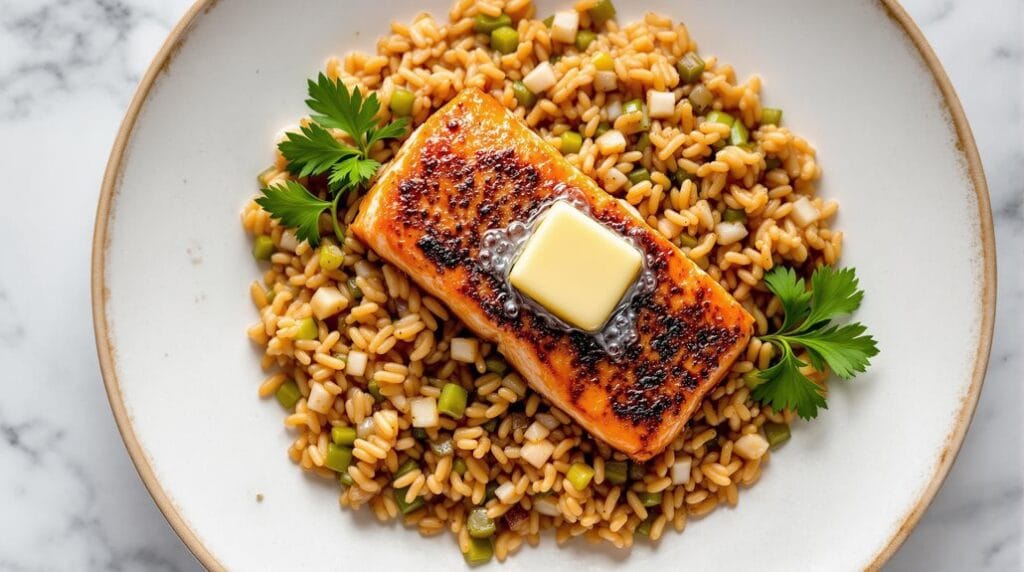
Cajun Salmon with Dirty Rice in Ninja Speedi
Description
This Louisiana-inspired dish combines the bold flavours of Cajun-seasoned salmon with traditional dirty rice, creating a complete meal in one cooking cycle. The salmon develops a perfectly crispy exterior while remaining tender inside, as the rice absorbs the rich flavours of vegetables and spices below.
The Ninja Speedi's dual-cooking technology allows the rice to steam while the salmon air fries, guaranteeing both components finish cooking simultaneously for a perfectly timed meal.
Ingredients
Instructions
Bottom Pot:
- Combine rice, diced vegetables, and garlic in the bottom pot.
- Add chicken stock, 1 tablespoon of Cajun seasoning, and butter.
- Stir to combine all ingredients.
Crisping Tray:
- Pat salmon fillets dry with paper towels.
- Brush with olive oil.
- Season with remaining Cajun seasoning, salt, and pepper.
- Place fillets skin-side down on the crisping tray.
Cooking:
- Place the bottom pot into the Speedi.
- Position the crisping tray with salmon above.
- Close the lid and select the Speedi Meals function.
Set the temperature to 180°C and the timer to 15 minutes.
- Once cooking is complete, let it rest for 3-5 minutes before serving.
Nutrition Facts
Servings 4
- Amount Per Serving
- Calories 1386.16kcal
- % Daily Value *
- Total Fat 68.36g106%
- Saturated Fat 17.38g87%
- Cholesterol 237.62mg80%
- Sodium 1058.32mg45%
- Potassium 1891.53mg55%
- Total Carbohydrate 92.65g31%
- Dietary Fiber 3.03g13%
- Sugars 4.88g
- Protein 92.93g186%
- Vitamin A 292.4 IU
- Vitamin C 43.02 mg
- Calcium 116.02 mg
- Iron 3.56 mg
- Vitamin D 43.56 IU
- Vitamin E 15.55 IU
- Vitamin K 33.42 mcg
- Thiamin 0.98 mg
- Riboflavin 0.82 mg
- Niacin 38.66 mg
- Vitamin B6 2.95 mg
- Folate 137.99 mcg
- Vitamin B12 12.8 mcg
- Phosphorus 1135.64 mg
- Magnesium 152.5 mg
- Zinc 2.95 mg
* Percent Daily Values are based on a 2,000 calorie diet. Your daily value may be higher or lower depending on your calorie needs.
Note
Extra Tips: For best results, ensure salmon fillets are similar in thickness for even cooking. The rice can be made spicier by adding extra Cajun seasoning to taste. If the rice seems too wet after cooking, let it stand uncovered for 5 minutes to absorb excess moisture. For a lighter version, substitute butter with olive oil and use low-sodium chicken stock.
